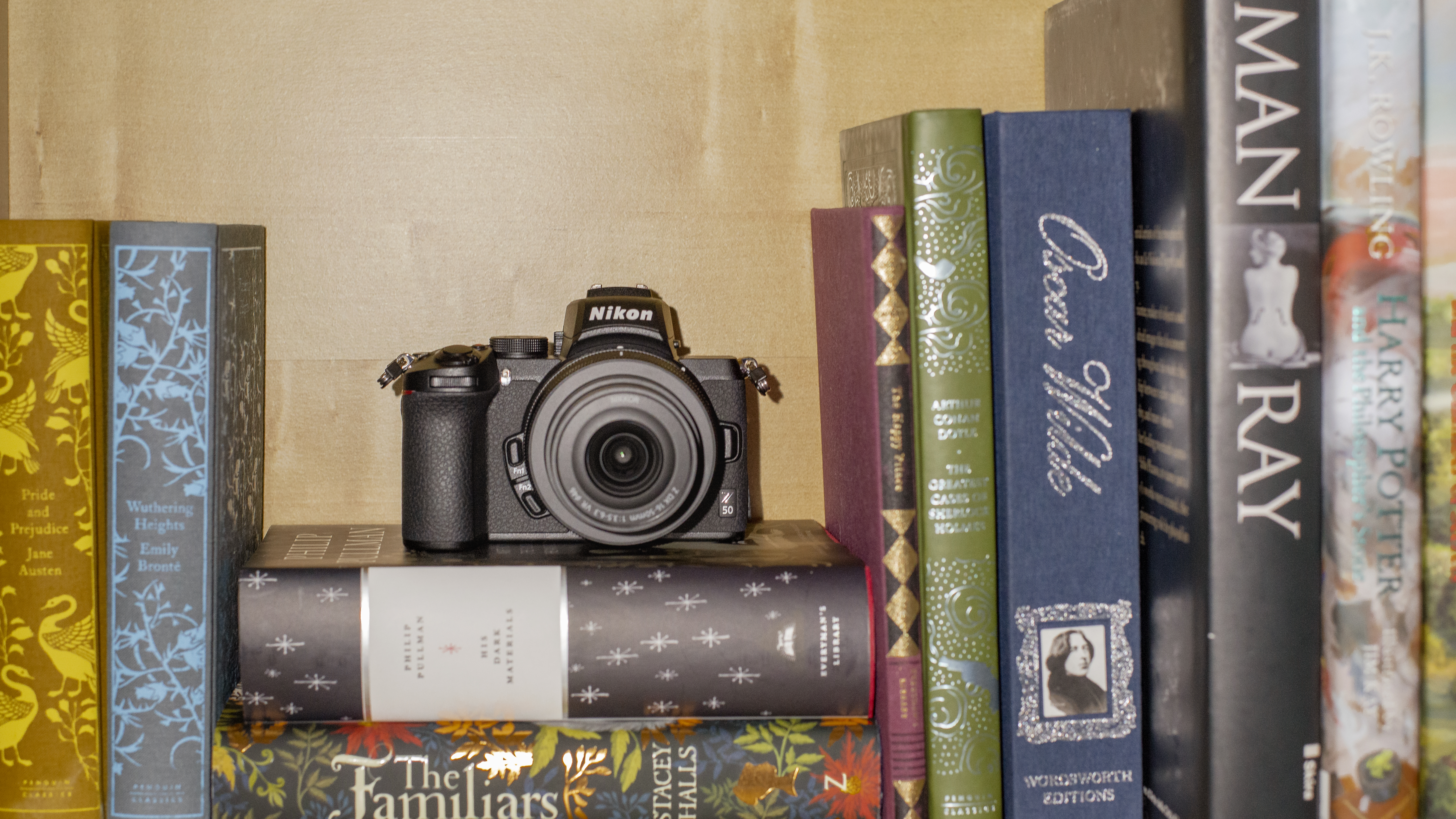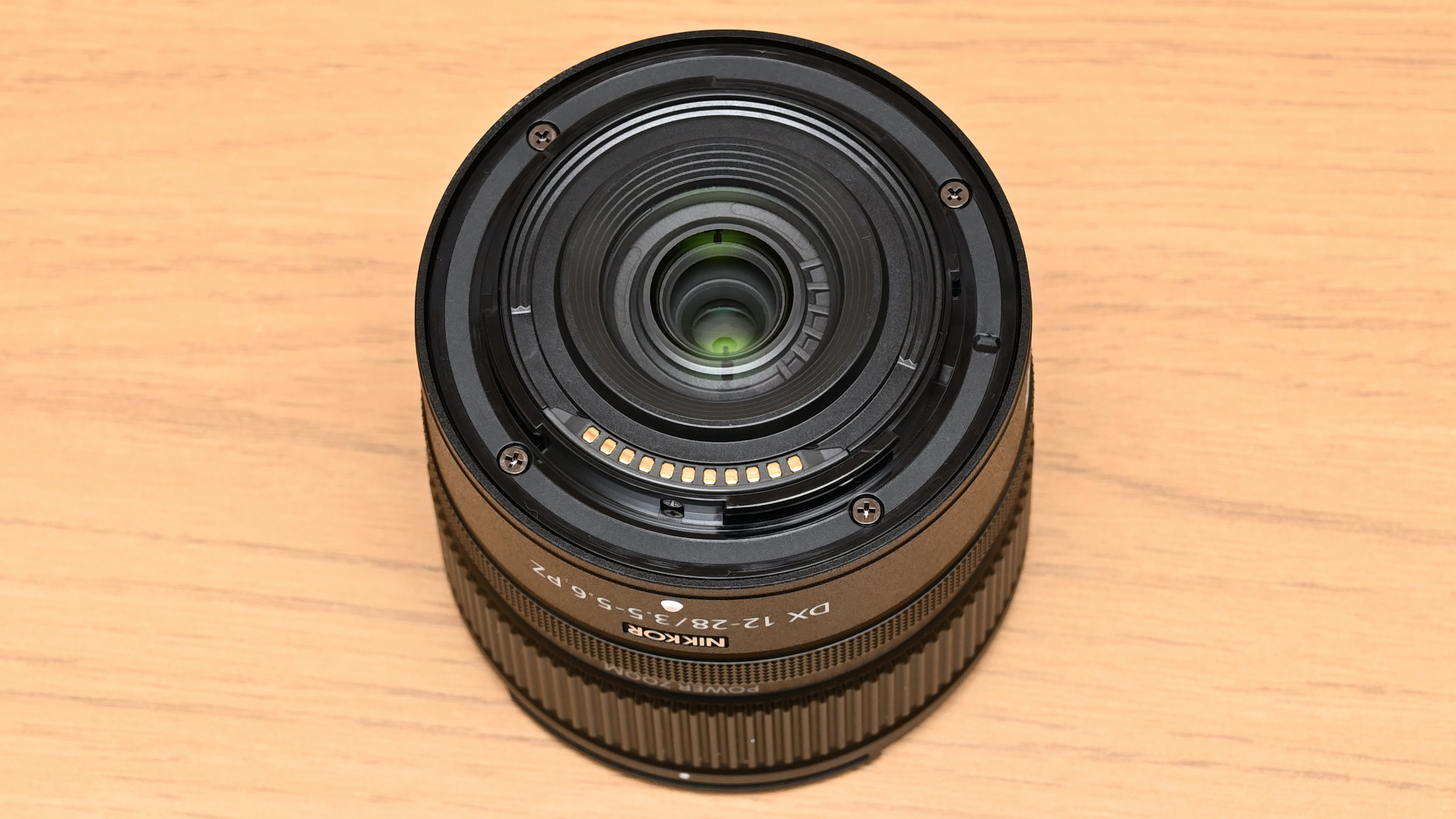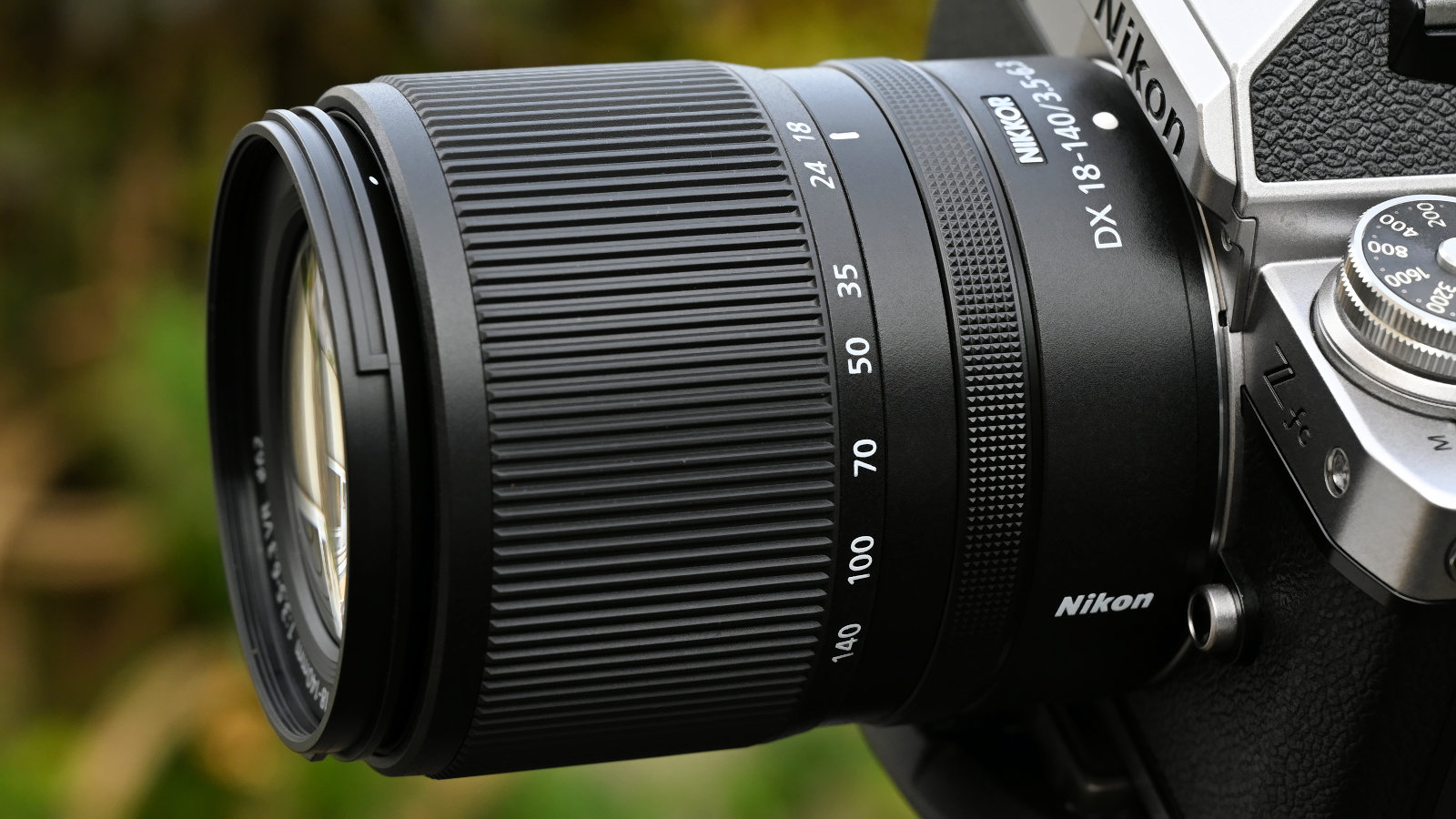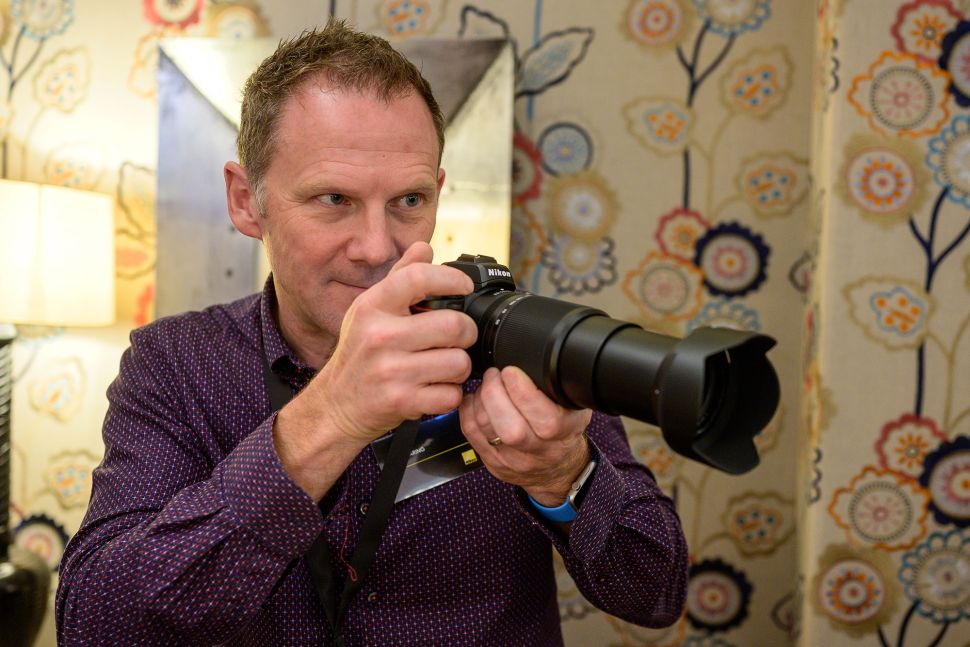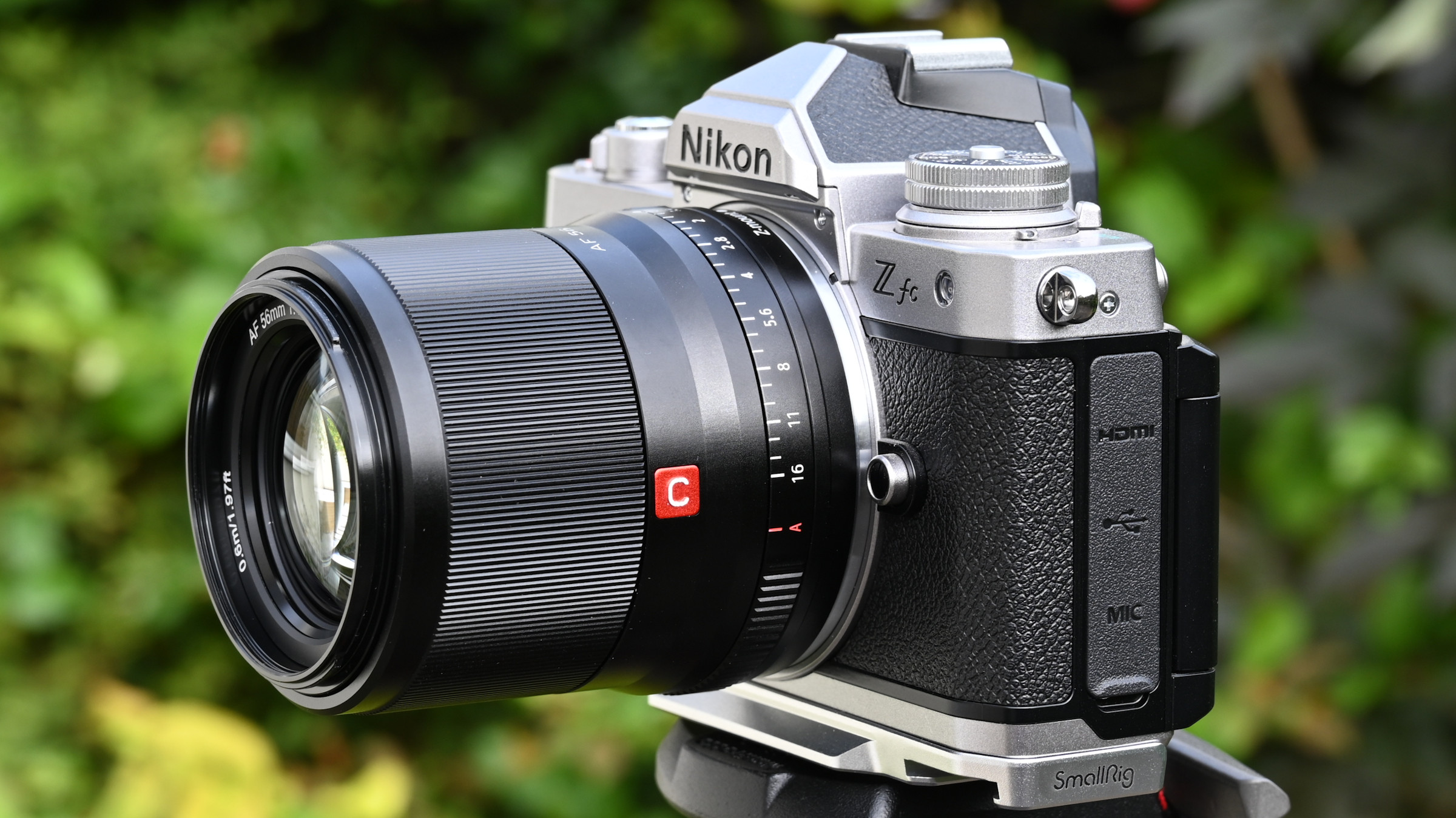The best lenses for the Nikon Z50 & Z50 II in 2025: explore your camera's full potential
What are the best lenses for the Nikon Z50 and Z50 II, Nikon’s most practical line of APS-C mirrorless cameras?
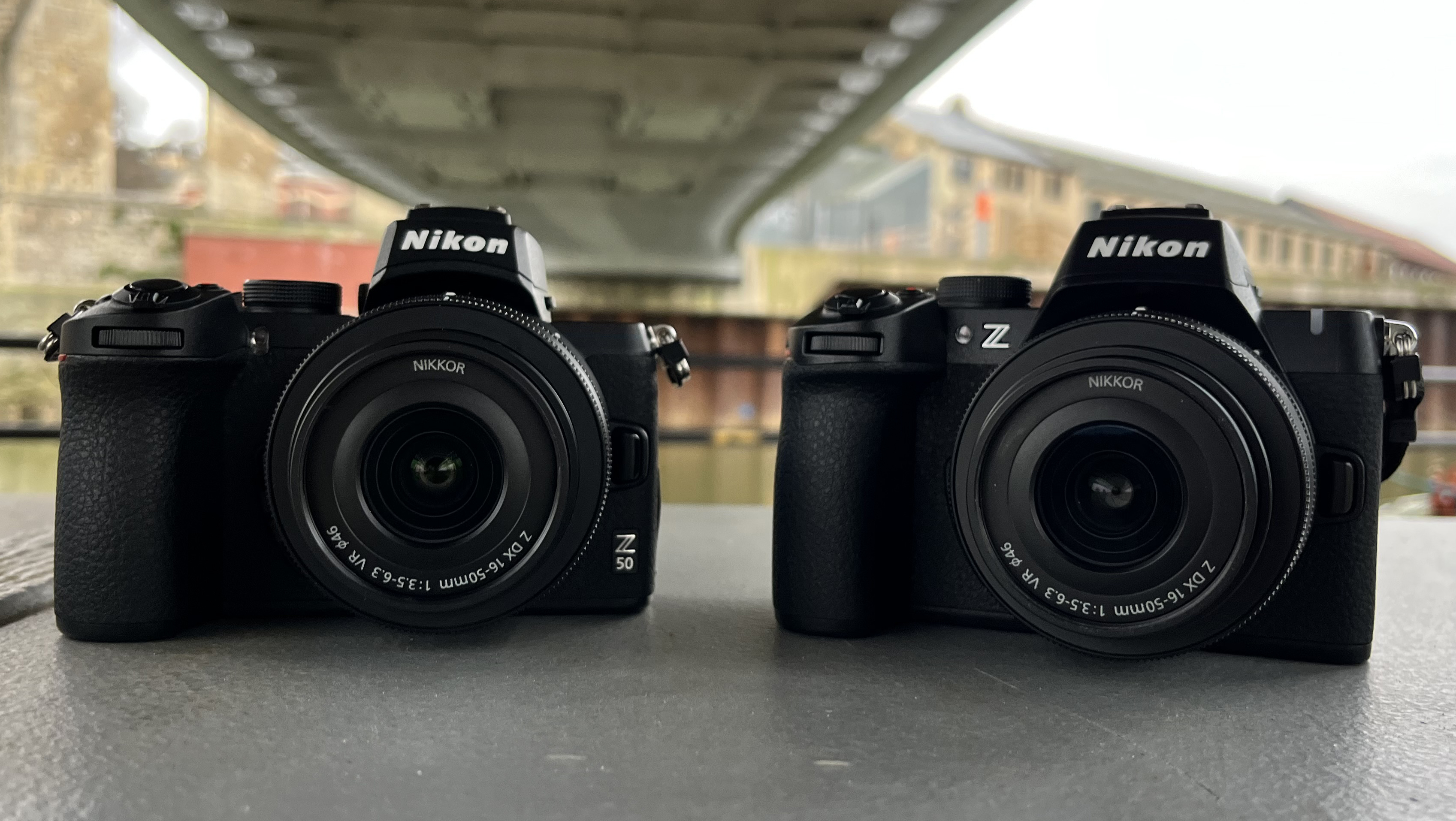
The Nikon Z50 or Nikon Z50 II are among the best Nikon cameras for beginners and enthusiasts, but when choosing the best lenses for these cameras, you have to take a few things into account. One is that the Z50 line uses an APS-C sensor, so while you can fit full-frame Nikon lenses to them, there is a 1.5x ‘crop factor’ that gives a narrower angle of view.
For some lens types, like telephoto or macro lenses, this crop factor doesn’t matter and can even be an advantage. But for standard zoom lenses or wide-angle lenses, you need lenses designed specifically for the smaller sensor size to get the angle of view you need. In the Nikon range, these have ‘DX’ in the lens name. Other makers specify whether their lenses are full frame or APS-C format. We have a separate guide to the best Nikon Z lenses, but not all of them will be suitable for the Z50.
The Nikon Z50 was launched in October 2019. Since then, other Nikon APS-C cameras have essentially repackaged the innards of the Z50 into different bodies, namely the retro-styled Nikon Z fc and the compact and affordable but viewfinderless Nikon Z30 vlogging camera. More recently, the Nikon Z50 II was released in November 2024. This follow-up to the Z50 is a superior camera in every way, housing plenty of tech that has filtered down from Nikon's higher-end full-frame cameras. It has significantly better autofocus and a much faster shooting rate, among other major improvements (see our Z50 II vs Z50 comparison guide for more details).
However, the best lenses for both cameras are broadly the same: most people will have chosen the Nikon Z50 or Z50 II for their affordable price tags, so I'll stick to lenses that reflect that!

Matthew Richards is a photographer and journalist who has spent years using and reviewing all manner of photo gear. He is Digital Camera World's principal lens tester and a Nikon aficionado, and has personally handpicked all the lenses in this guide as perfect companions to the Nikon Z50 and Z50 II.
The Quick List

If you didn’t get this lens when you bought your Z50, you probably should: I feel it’s tailor-made for daily shooting.
Read more below…
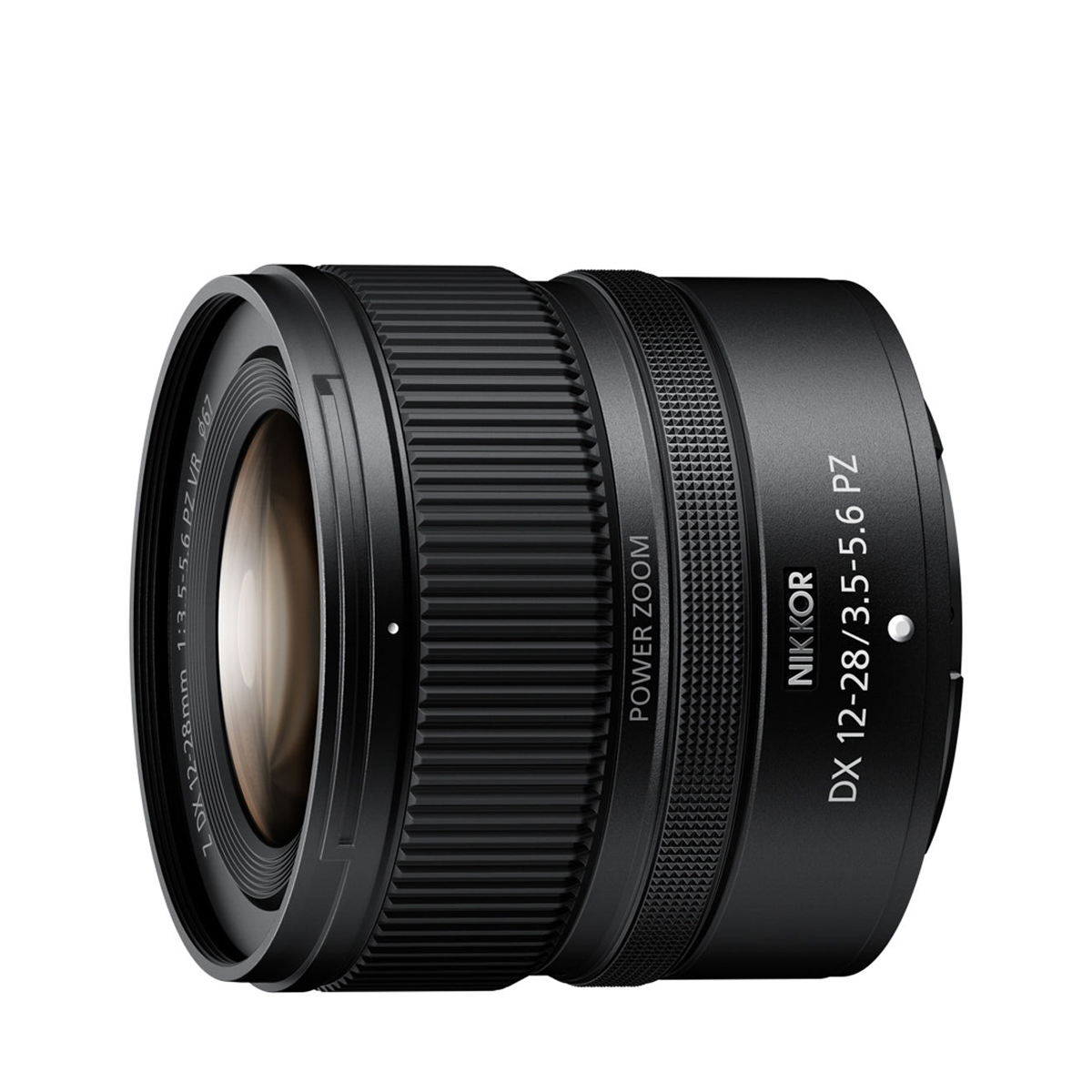
This zoom is made with video in mind, but it’s a very capable option for landscape and interior stills as well.
Read more below…
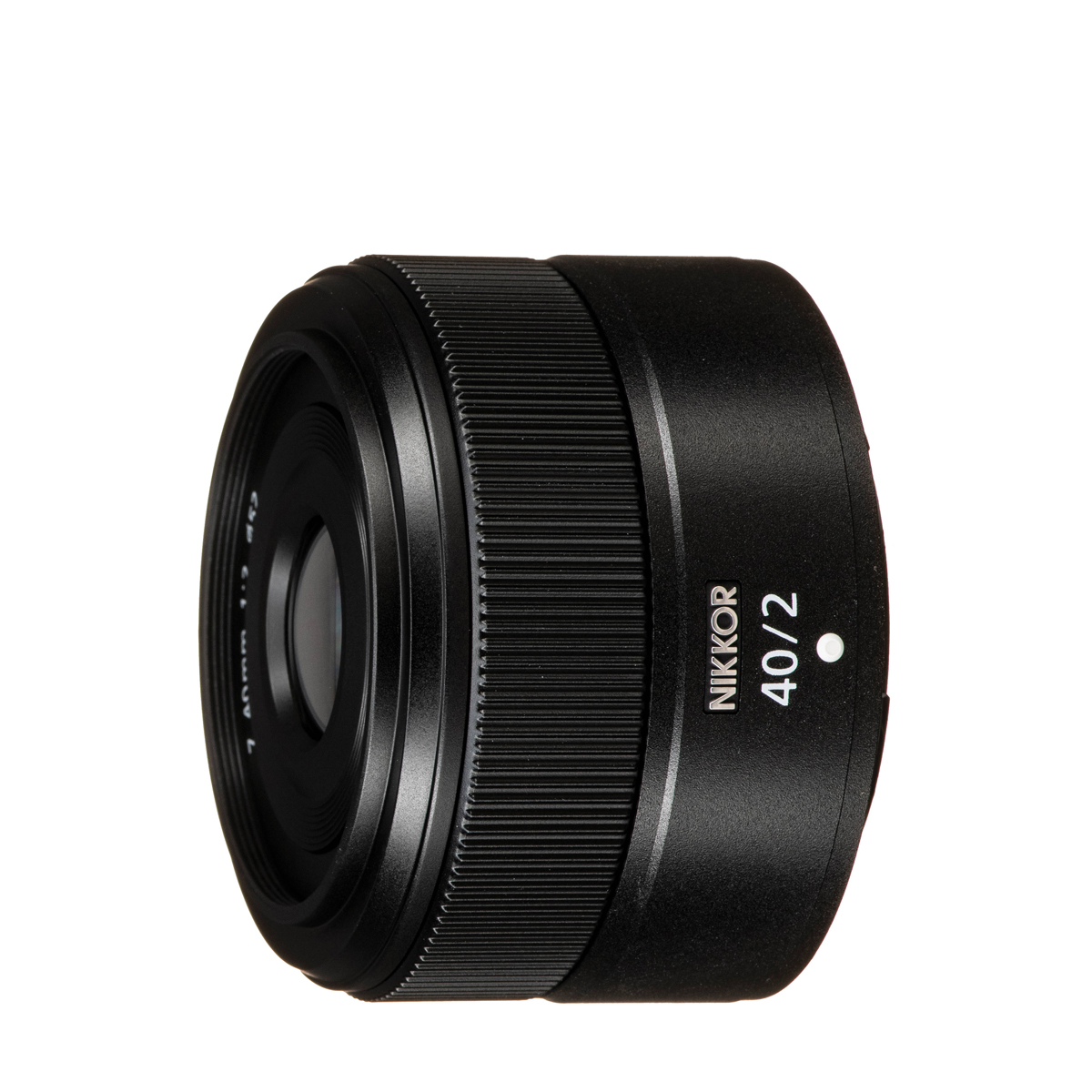
The wide aperture in this prime means you can get lovely background blur to help your subject stand out.
Read more below…
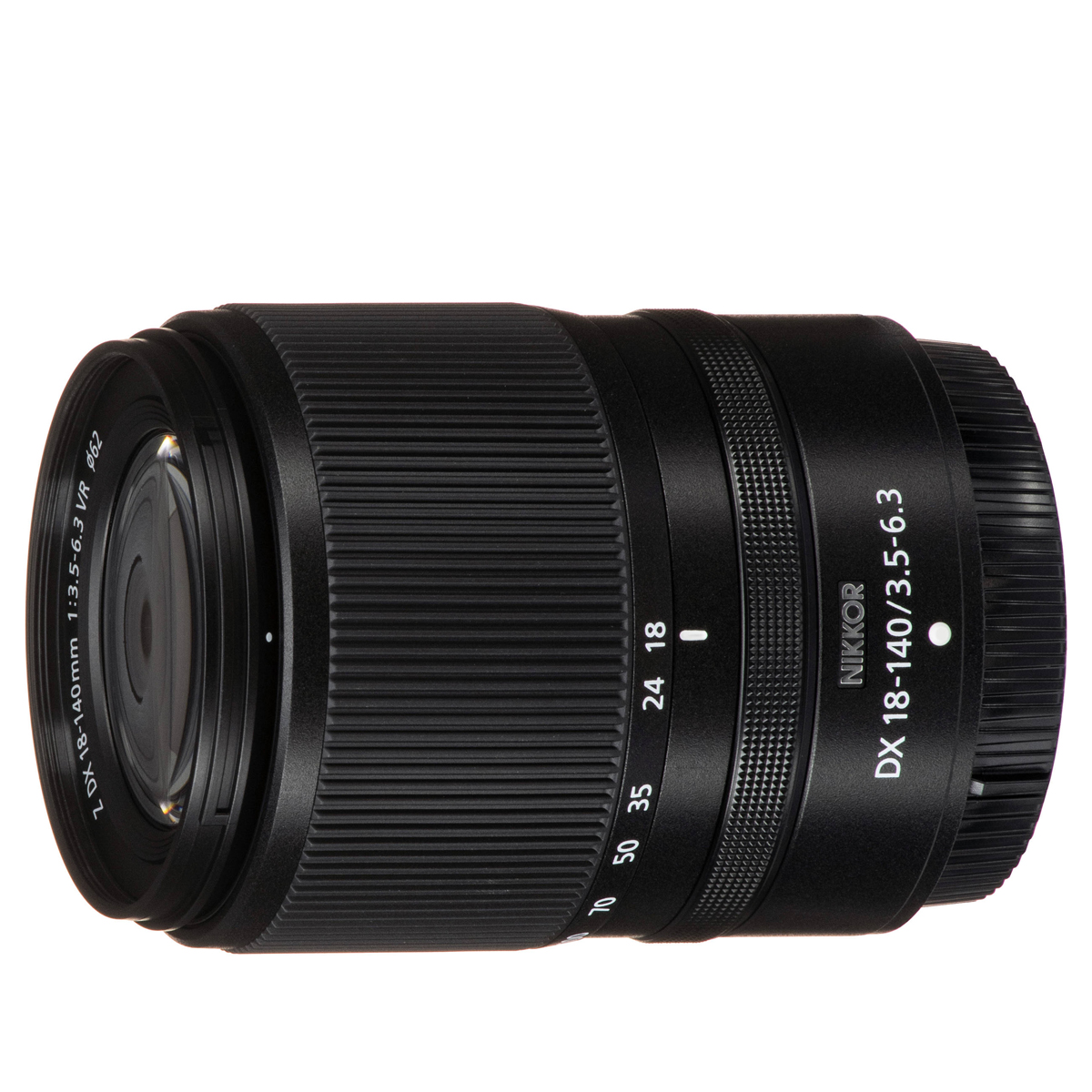
You get a very versatile focal length range from this zoom, so when you’ve only got packing space for one lens, this is the one.
Read more below…
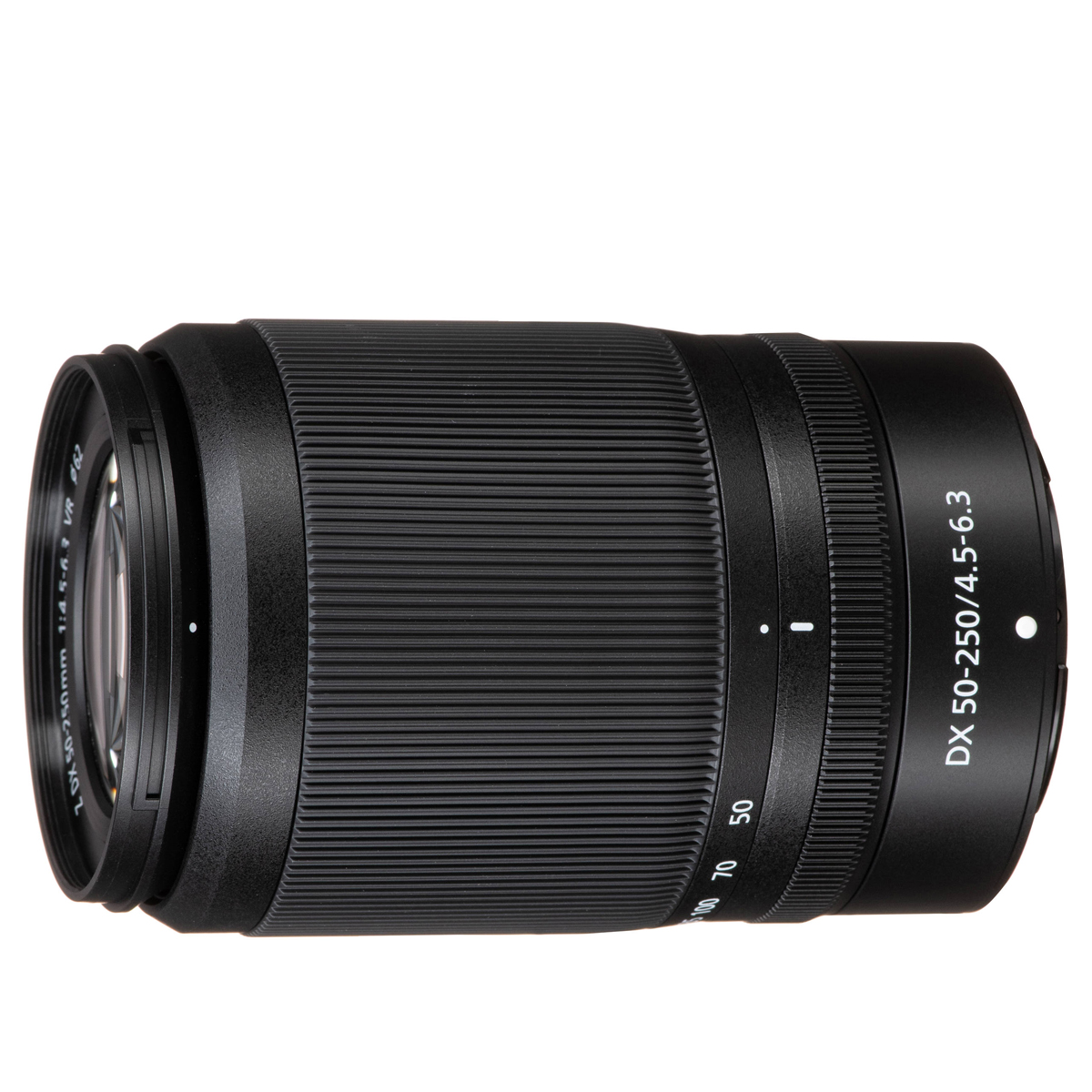
Most Nikon Z-mount telephoto lenses are big, heavy and expensive; this one bucks the trend in all three respects.
Read more below…
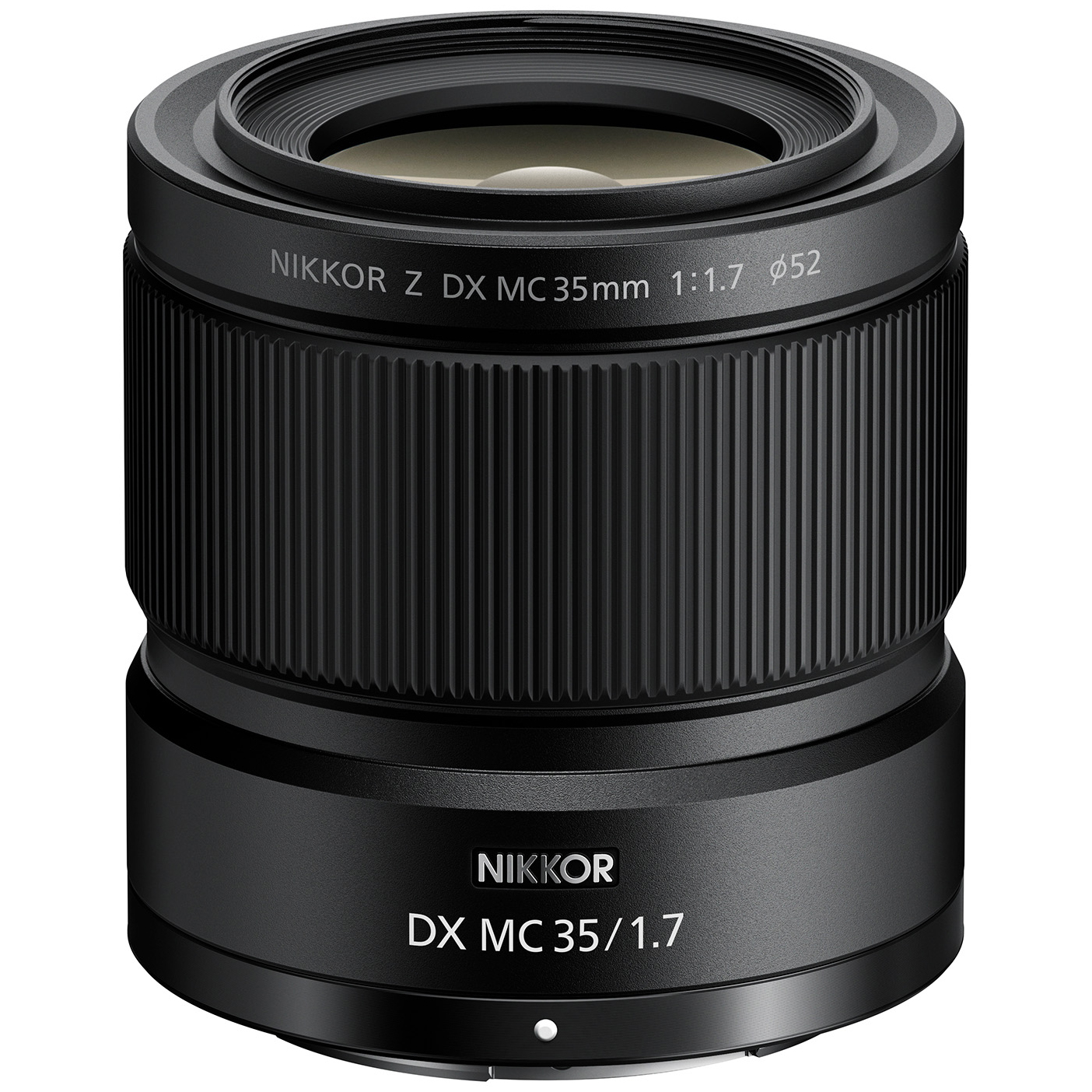
You can get life-size images of tiny objects with this capable prime, which doubles as a fast everyday lens with a 52.5mm effective focal length.
Read more below…
Pros
- Compact and lightweight
- Standard, natural perspective
- Fast f/1.7 aperture rating
- Metal mounting plate
Cons
- No image stabilization
- Only 0.67x macro magnification
- No A/M focus mode switch
- Hood sold separately
Load the next products ↴
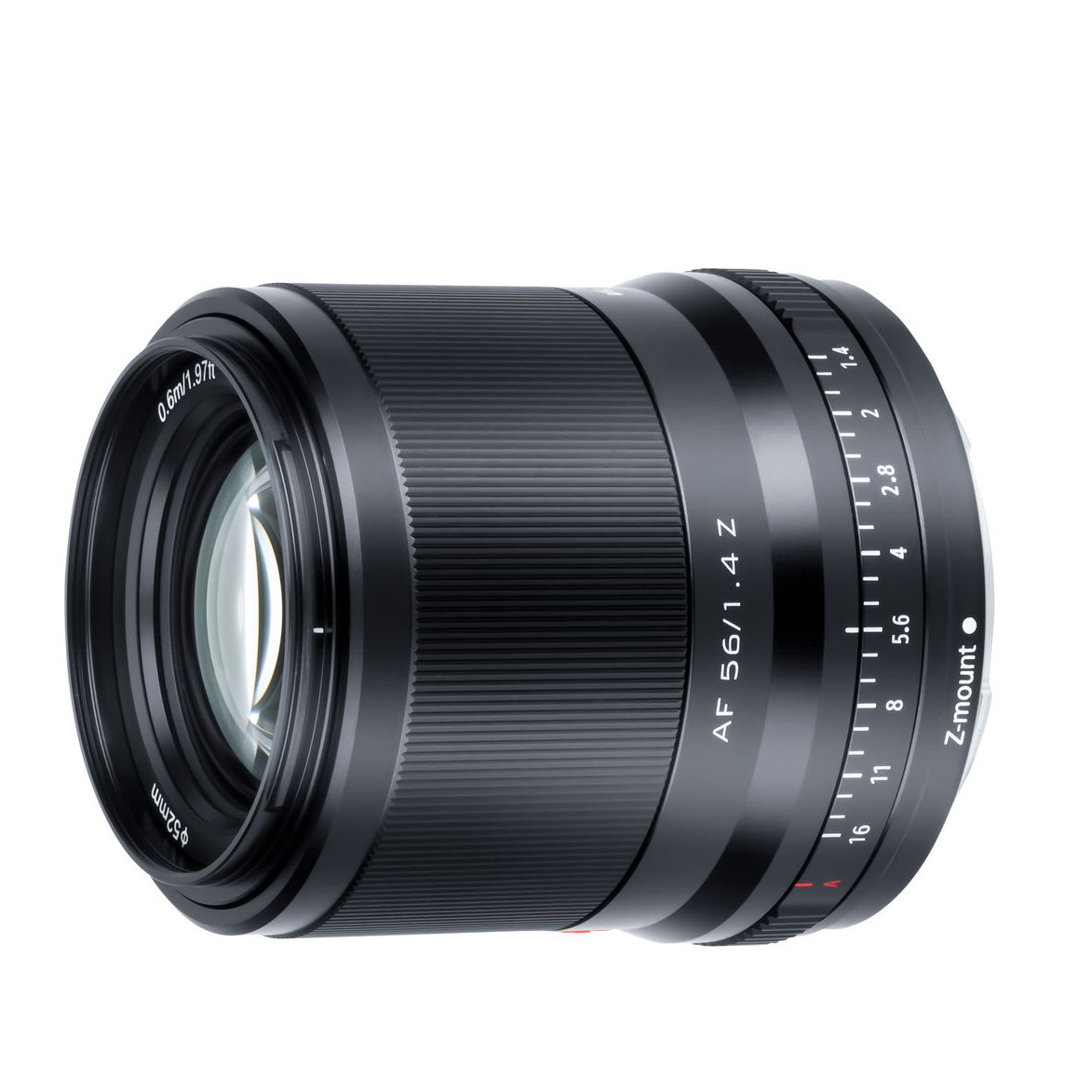
If you fancy a bit of portrait prime time, this is the perfect lens for any Nikon Z DX camera, combining an 'effective' 85mm focal length with a fast f/1.4 aperture, and it’s amazing value for money.
Read more below...
Best lenses for the Nikon Z50 / Z50 II
Why you can trust Digital Camera World
Best everyday lens for the Z50 / Z50 II
Specifications
Reasons to buy
Reasons to avoid
If you've already got a Nikon Z50, the chances are this kit lens came with it. If not, it's well worth getting as a standard zoom, even though you pay more if you buy the camera and lens separately. There is always the longer-range Nikon Z 18-140mm standard zoom to consider too, but this is a much larger lens, and more expensive too.
The Z DX 16-50mm f/3.5-6.3 VR arguably qualifies as a pancake lens: it’s just 32mm long when retracted. It has a plastic mounting plate rather than a metal one, but it still feels solid enough to cope with daily shooting, which its focal length range is ideal for. Its level of detail and contrast remain strong even when you shoot wide-open.
As well as the regular black edition, there’s a silver version of the lens, though this is better suited to the Nikon Z fc’s retro styling.
Read more: Nikon Z DX 16-50mm f/3.5-6.3 VR review

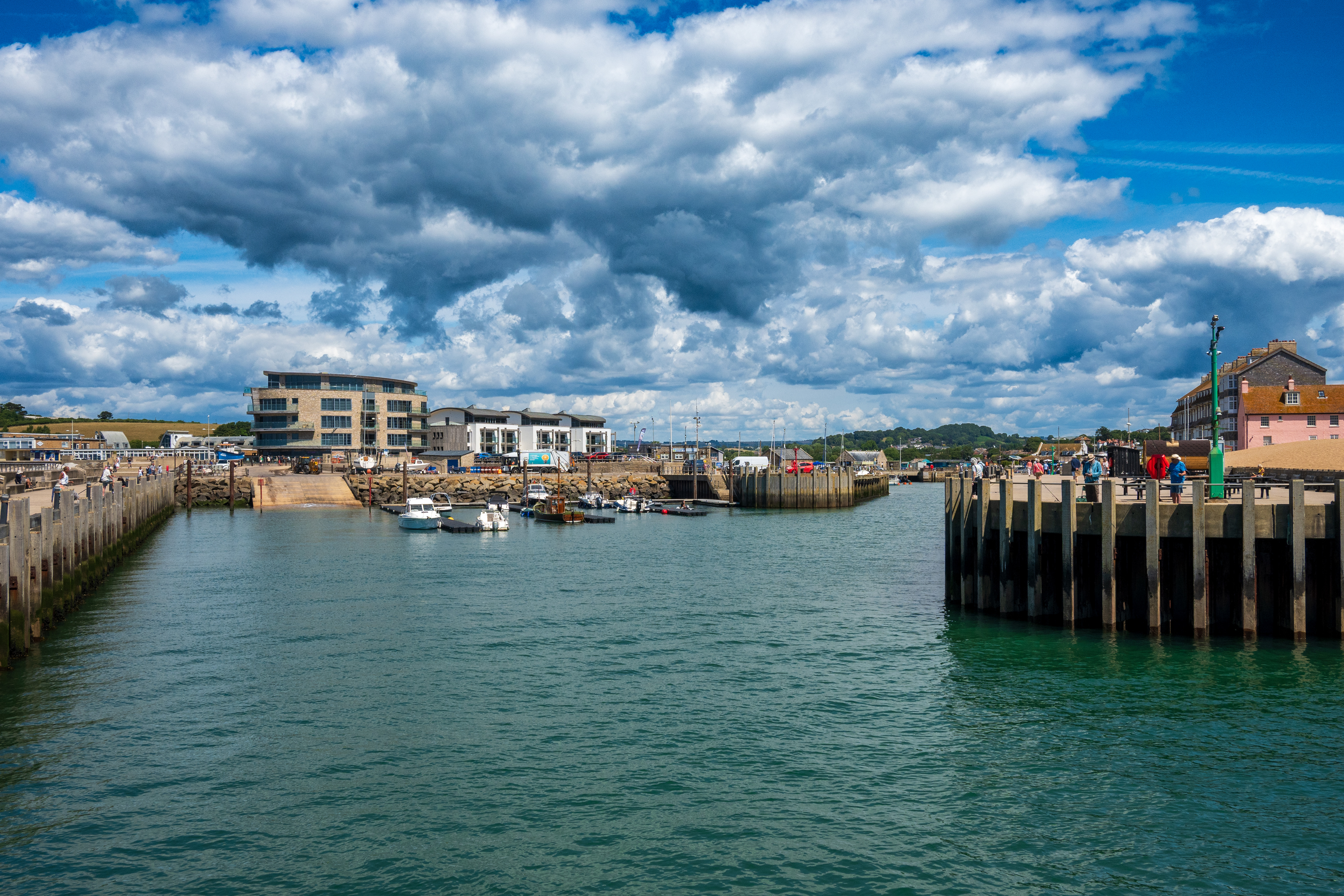

Features ★★★★★ | There’s a lot packed into this lens, including stepping motor-based autofocus and 4.5-stop optical VR. |
Design ★★★★★ | The retractable design enables an unfeasibly compact packing size, similar to that of a pancake lens. |
Performance ★★★★★ | Sharpness and clarity are very good and there’s minimal color fringing, but the lens relies typically heavily on automatic in-camera correction for distortion. |
Value ★★★★★ | It’s great value in its own right, even better if you get it as a kit lens with one of Nikon’s Z DX format cameras. |
Best wide-angle lens for the Z50 / Z50 II
Specifications
Reasons to buy
Reasons to avoid
The Nikon Z DX 12-28mm f/3.5-5.6 PZ VR lens's combination of a wide 18-42mm focal range in full-frame terms and motorized power zoom makes it ideal for video, landscapes, cityscapes, and architectural interiors. Its party trick is an 11-speed motorized zoom that can be controlled via a lens ring, camera buttons, a Bluetooth remote, or the SnapBridge app.
Its fixed physical length during zooming and focusing makes it perfect for gimbal use, complemented by a close 19cm minimum focus distance. Weighing only 205g, it incorporates 12 optical elements and offers 4.5-stop Optical Vibration Reduction (VR), crucial for Nikon Z DX cameras as they lack in-body image stabilization. Weather-sealed construction adds to its durability, despite a plastic mounting plate.
The lens delivers quick, silent, and reliable autofocus. Sharpness is consistently very good across the zoom range, and it effectively controls color fringing. Distortion is also well-controlled, due to automatic in-camera correction. As if that wasn’t enough, the price tag is pretty competitive as well.
Read more: Nikon Z DX 12-28mm f/3.5-5.6 PZ VR review



Features ★★★★★ | Optical VR always comes in handy on Z DX lenses and this one also has a video-friendly power zoom. |
Design ★★★★☆ | Like other Nikon Z DX lenses, it has a plastic rather than metal mounting plate, but the overall design is very good. |
Performance ★★★★★ | Expansive viewing angles are backed up by excellent edge-to-edge sharpness, throughout the whole zoom range. |
Value ★★★★★ | A little gem for both stills and video capture, the lens is terrific value for money. |
Best standard prime lens for the Z50 / Z50 II
Specifications
Reasons to buy
Reasons to avoid
The Nikon Z 40mm f/2 is primarily designed for full-frame Nikon Z cameras (you can tell because of the missing ‘DX’ in its name), but also works well on the Z50 and Z50 II due to its small size, where the lens has an equivalent focal length of 60mm, which equates to a slightly 'long' but still perfectly practical standard lens, or perhaps a ‘short’ portrait lens.
The fast f/2 aperture ensures good sharpness and smooth bokeh, while the autofocus is swift and nearly silent, making it suitable for both stills and video. It features a simple optical construction with six elements, including two aspherical elements, and Nikon's Super Integrated Coating to reduce ghosting and flare. Despite its remarkably affordable price, it delivers strong performance. The build quality is solid and includes weather-seals for durability. The manual focus ring can be customized for other camera functions, such as aperture control.
There are a few minor drawbacks: the absence of a dedicated lens hood (even as an optional accessory), the lack of an auto/manual focus mode switch (requiring menu adjustments), and the omission of optical image stabilization, which could be a concern for DX-format bodies without in-body stabilization, like the Z50/Z50 II. Nevertheless, the lens punches above its weight with rapid and accurate autofocus, excellent corner-to-corner sharpness even at its widest aperture, and good resistance to ghosting and flare. It's great value for its price.
Read more: Nikon Z 40mm f/2 review



Features ★★★★☆ | There’s not really any room for any fancy features, as this lens is unfeasibly compact and lightweight. |
Design ★★★★☆ | The design aims for simplicity, right down to its plastic mounting plate and lack of a hood. |
Performance ★★★★☆ | This little lens punches above its diminutive weight in terms of image quality and all-round performance. |
Value ★★★★★ | The standard version is terrific value for money but the retro-styled SE (Special Edition) is more pricey. |
Best travel lens for the Z50 / Z50 II
Specifications
Reasons to buy
Reasons to avoid
When you take the Z50 / Z50 II image sensor’s crop factor into account, the Nikon Z DX 18-140mm f/3.5-6.3 VR provides a versatile 7.8x zoom range that is equivalent to 27-210mm in full-frame terms. It features a 5-stop optical stabilizer and a customizable control ring, offering good overall performance and decent value. It’s light enough that you won’t mind carrying it around all day long, and makes for a good choice for when you need to travel with just one lens.
Autofocus is quick, silent, and suitable for video, with minimal focus breathing. Sharpness is generally improved compared to the older F-mount version, particularly in the mid-frame and corners at wider focal lengths, though it noticeably decreases at the telephoto end.
While the 18-140mm offers the convenience of a single, versatile zoom, it doesn't surpass the image quality or build of combining the Z DX 16-50mm f/3.5-6.3 VR and Z DX 50-250mm f/4.5-6.3 VR kit lenses. The kit lens combination provides a wider maximum viewing angle and longer telephoto reach, presenting a compelling alternative for those willing to swap lenses.
Read more: Nikon Z DX 18-140mm f/3.5-6.3 VR review
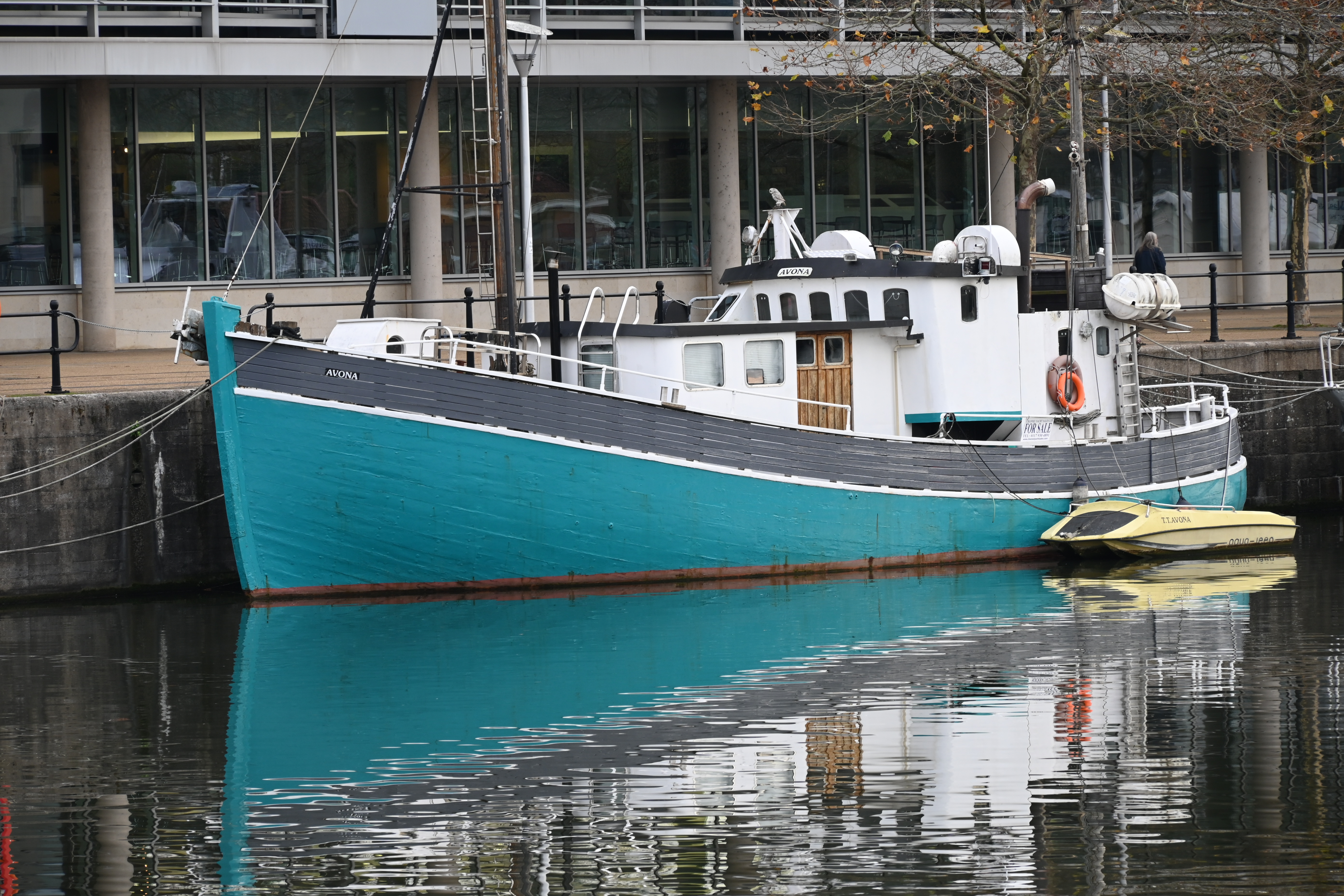

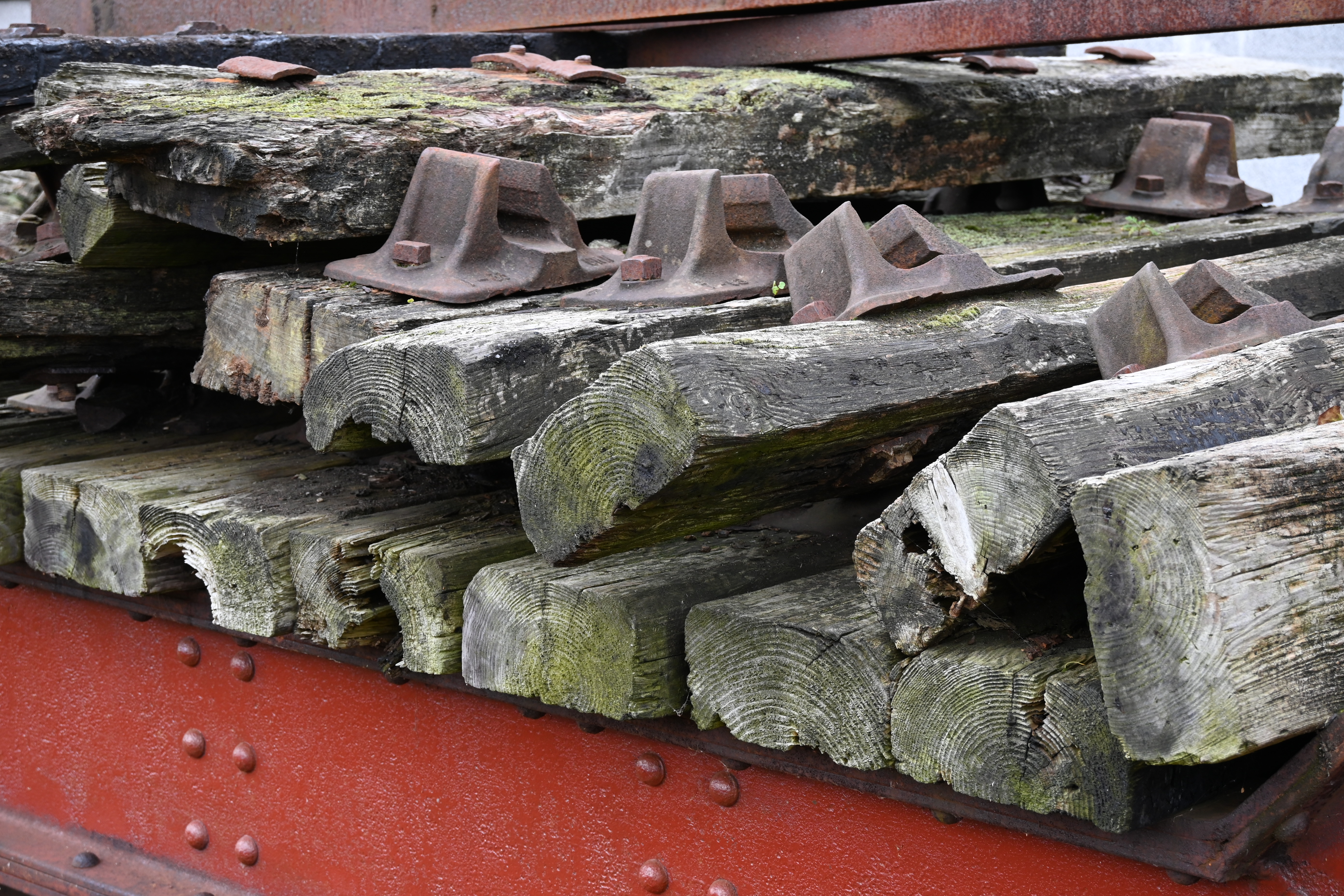
Features ★★★★★ | Powerful 5x zoom range is top of the features list, backed up by fast autofocus and 5-stop optical stabilization. |
Design ★★★★☆ | There’s an additional, customizable control ring but no switches for A/M focus nor VR on/off, and the mounting plate is plastic. |
Performance ★★★★☆ | Image quality and all-round performance are impressive but sharpness drops off a bit at the long end of the zoom range. |
Value ★★★★☆ | Good value rather than entirely great, the lens costs about the same as a pair of Z DX 16-50mm and Z DX 50-250mm zooms. |
Best telephoto lens for the Z50 / Z50 II
Specifications
Reasons to buy
Reasons to avoid
You can use Nikon's full-frame telephoto lenses on the Nikon Z50 / Z50 II and its smaller sensor's 'crop factor' will give them 1.5 times the magnification. But full-frame Nikon Z telephotos are big and expensive. This lens is a cheaper and more practical option for these cameras – and, if you bought the twin-lens kit that includes this, you got yourself a real bargain.
This telephoto lens has an effective focal length range of 75-375mm in full-frame terms, taking it into super-telephoto territory. But it’s much smaller and lighter than you’d expect for a lens with that reach.
I found it enjoyable to use during testing: it balances nicely on the Z50 and Z50 II, and its controls are lovely and smooth. You can choose from several functions for the control ring. 5-stop image stabilization helps to mitigate against the inevitable camera shake you’ll encounter at the long end.
Read more: Nikon Z DX 50-250mm f/4.5-6.3 VR review


Features ★★★★☆ | Strong features include a 75-375mm ‘effective’ zoom range, fast autofocus and 5-stop optical stabilization. |
Design ★★★★★ | The retractable design makes for a small stowage size and the lens is refreshingly lightweight, although it has a plastic mounting plate. |
Performance ★★★★☆ | As advertised, autofocus is rapid and stabilization is very effective. Sharpness drops off a bit at the long end but is very good overall. |
Value ★★★★★ | As one of Nikon’s Z system (albeit DX format) lenses, it’s great value for money. |
Best macro lens for the Z50 / Z50 II
Specifications
Reasons to buy
Reasons to avoid
The Nikon Z DX MC 35mm f/1.7 is a compact and lightweight standard prime for Nikon’s APS-C (DX) Z-mount cameras, and is particularly suited to the Z50 II, offering both a fast aperture and close-up macro capabilities. Its 35mm focal length translates to an effective 52.5mm on a DX camera, providing a natural perspective favored for general shooting, portraits, and street photography. The bright f/1.7 aperture allows for beautiful bokeh, excellent low-light performance, and fast shutter speeds.
While designated as a 'macro' lens, its native maximum magnification is 0.67x, not a true 1.0x macro. However, the 1.5x crop factor of the DX sensor makes this effectively a 1.0x magnification in full-frame terms.
Performance is highly impressive, delivering excellent sharpness in both general shooting and close-up macro photography. Autofocus is fast, silent, and accurate thanks to a linear stepping motor, and is a welcome departure from the often-sluggish focus found in many macro lenses. Color fringing and distortions are negligible with in-camera corrections.
Its superior build quality includes a durable metal mounting plate and weather seals, while weighing just 220g, and its dual functionality as a fast standard prime and close-up lens makes it a versatile and worthwhile addition to the DX system.
Read more: Nikon Z DX MC 35mm f/1.7 review

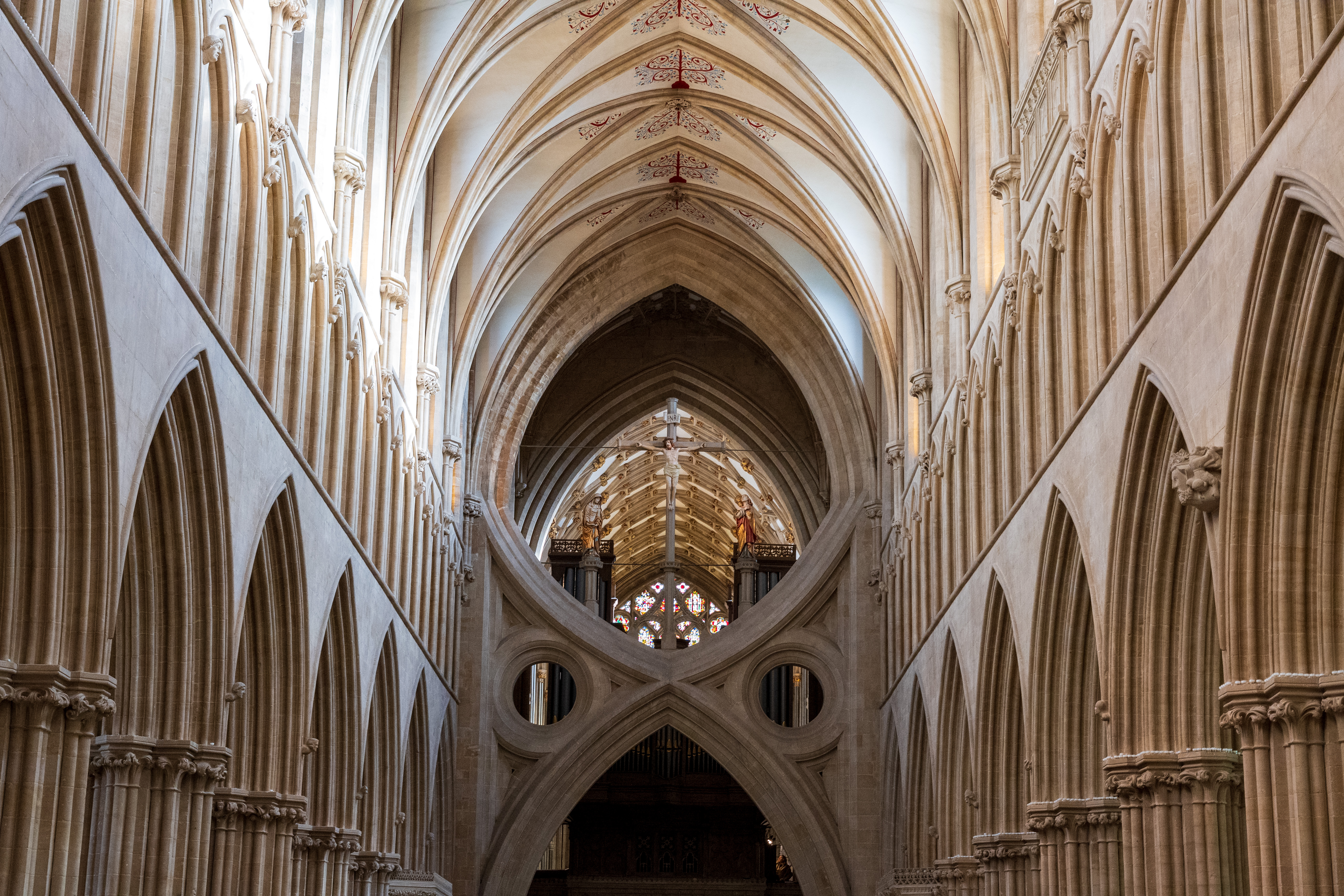
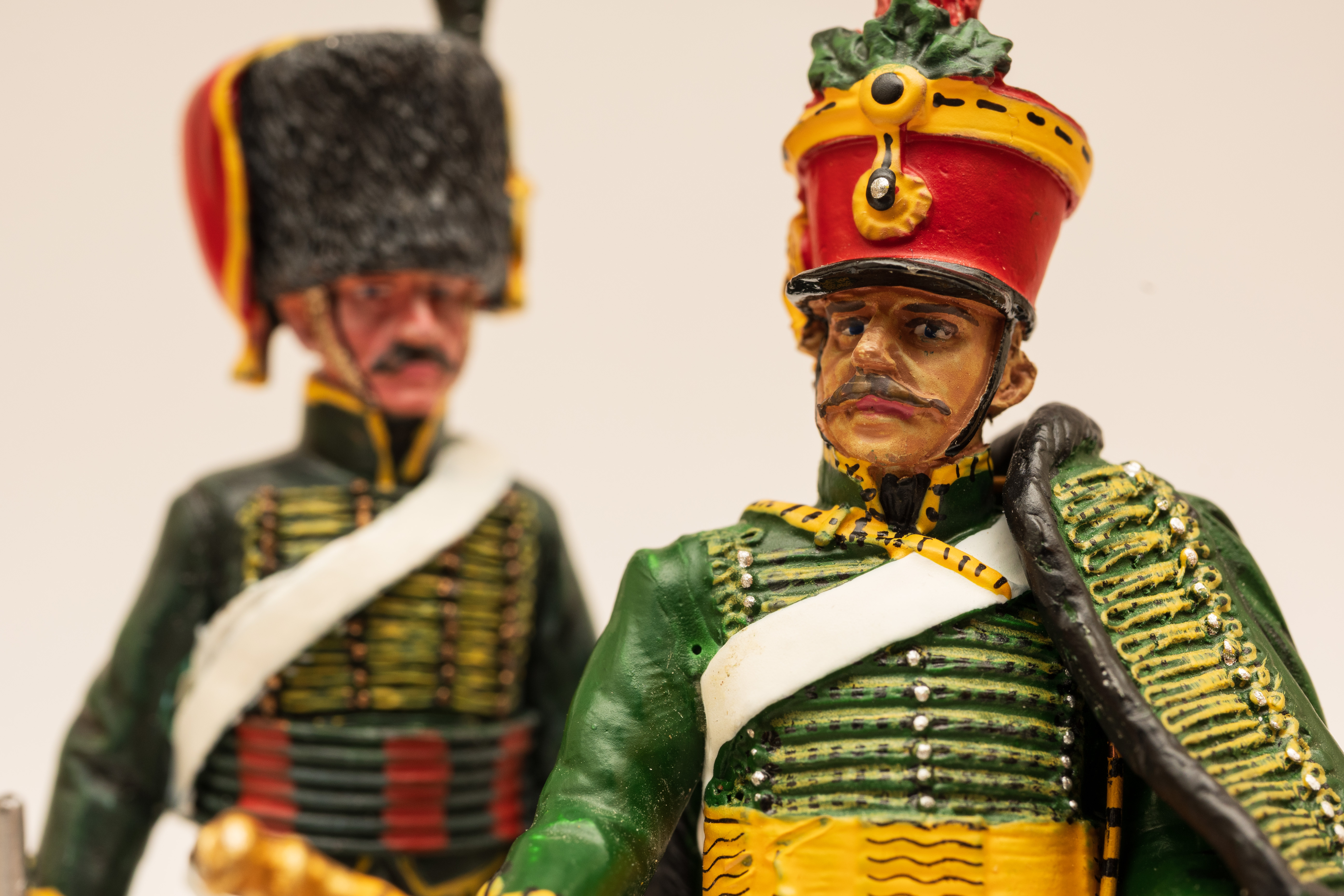
Features ★★★★☆ | Top features are the fast f/1.7 aperture rating and macro facility, but there’s no image stabilization and the hood is sold separately. |
Design ★★★★☆ | The design is simple but effective. The lens is certainly streamlined but I’d have preferred an A/M focus mode switch to be fitted. |
Performance ★★★★★ | Image quality is highly impressive in all respects, and autofocus is fast and consistently accurate for close-ups as well as general shooting. |
Value ★★★★☆ | It’s a lot pricier than its sibling Nikon Z DX 24mm f/1.7 lens but better built and more versatile, making it pretty good value. |
Best portrait lens for the Z50 / Z50 II
Specifications
Reasons to buy
Reasons to avoid
I absolutely love this lens. Thanks to the DX crop factor, it has approximately an 85mm ‘effective’ focal length, coupled with a fast f/1.4 aperture rating. That’s a perfect combination for portraiture and, what’s more, the Viltrox combines excellent sharpness with really smooth and creamy bokeh. It’s really nicely turned out as well, with a metal barrel and metal mounting plate, compared with all-plastic Nikon Z DX lenses. Even the lens hood is made from sturdy metal, yet the lens is surprisingly compact and lightweight, at just 320g. It also happens to be amazing value for money.
Another bonus is that it features a de-clicked aperture control ring, ideal for shooting video. My only real problem is picking just one. Viltrox also offers AF 23mm f/1.4 and AF 33mm f/1.4 lenses in the same series, with equally classic approximate 35mm and 50mm effective focal lengths respectively. All three are equally budget-friendly and are pretty much identical in size, weight and handling characteristics.
Read more: Viltrox AF 56mm F1.4 Z review


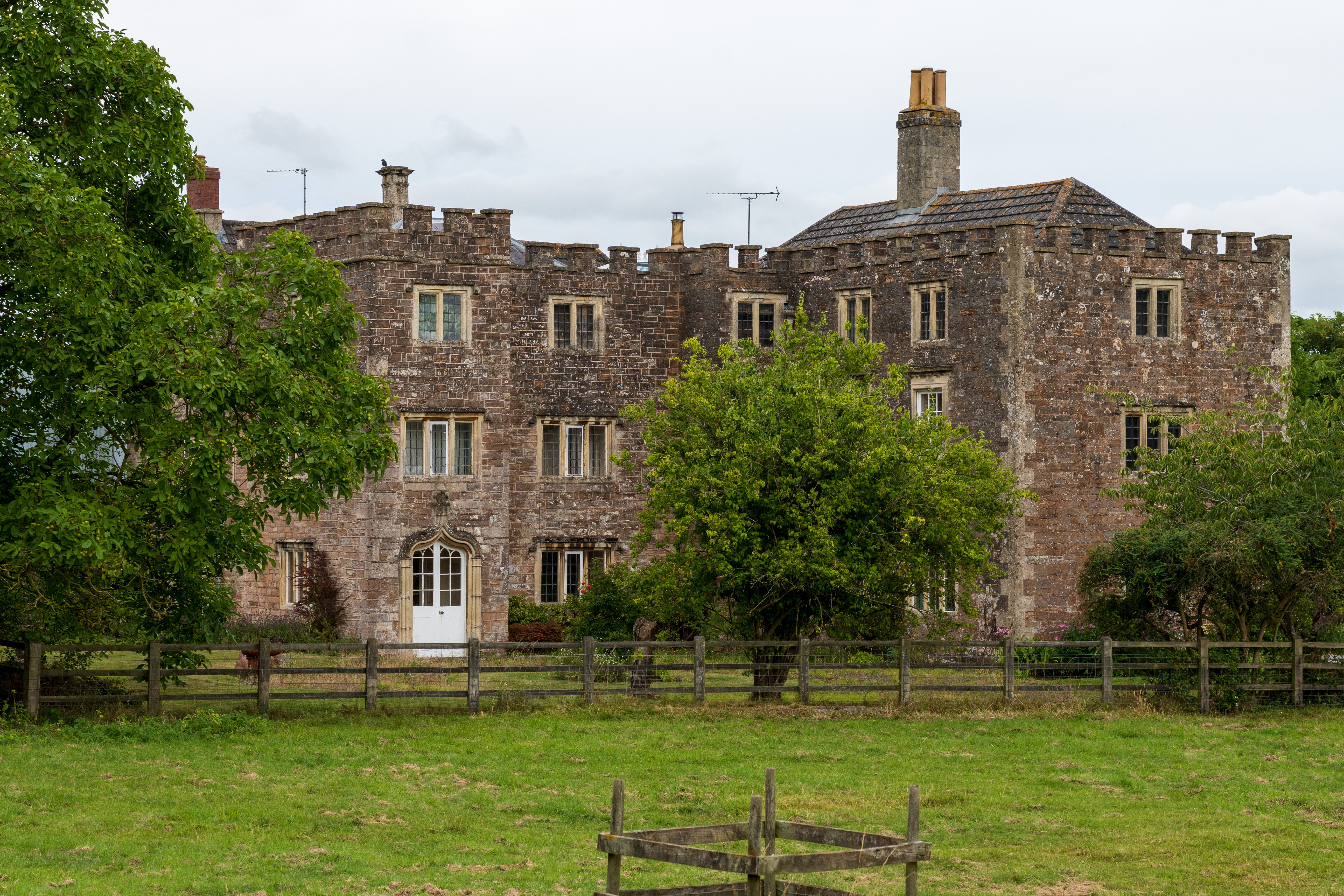
Features ★★★★★ | Optical features include an ED element and an HR element. There's also a USB port and a de-clicked aperture control ring. |
Design ★★★★☆ | The lens is virtually the same compact size and weight as its 23mm and 33mm siblings, but they lack weather-seals and the aperture ring has no locking switch. |
Performance ★★★★★ | The ‘effective’ 85mm focal length and f/1.4 aperture make this a terrific DX format portrait lens, with great sharpness and super-smooth bokeh. |
Value ★★★★★ | Fast primes normally cost big bucks but this one is amazingly inexpensive and unbeatable value. |
Lab data and comparisons
The graphs below show the comparative performance of the lenses in this guide, based on our in-house lab tests. The prime lenses lead the way for sharpness in this group, although the zooms also do very well on the whole. Color fringing and distortion are well controlled on the whole, and automatic in-camera correction is available for these aberrations anyway, which often can’t be disabled.
Scores for sharpness and color fringing are averaged from data taken across the entire image frame, from the center to the edges and corners, throughout the aperture range. For zoom lenses, the scores are also averaged from data measured at all marked focal lengths, and the same applies to distortion. Bear in mind that these average values don't fully reflect specific areas of performance. For example, a zoom lens might have noticeable barrel and pincushion distortion at its shortest and longest focal lengths respectively, which tends to average out when looking at the data overall. For more detailed graphs of each lens's performance, which give the full picture, check out the graphs in our full standalone lens reviews.
How to choose the best lens for the Nikon Z50 / Z50 II
Which lenses fit the Nikon Z50 / Z50 II?
The Z50 / Z50 II uses the Nikon Z mount and is compatible with all lenses designed for that mount. Nikon’s own Z-mount lenses all have Z at the start of their model names.
You can use any Z-mount lens on the Z50 / Z50 II, although some Z-mount lenses are designed for use with APS-C format cameras, rather than full-frame cameras. Nikon lenses that fall into this category have DX as part of their model names. These lenses are typically smaller, lighter and cheaper than equivalents designed for full-frame cameras.
If you buy a DX lens and later upgrade to a full-frame Nikon Z camera, the image you get through the DX lens will be cropped compared with a full-frame lens.
The Z50 / Z50 II is also able to use F-mount lenses, which are made for use with Nikon’s DSLR cameras. For this, you need an adaptor such as the Nikon Mount Adapter FTZ II. The idea is that owners of older DLSR cameras can buy a Z camera and still use their old lenses.
How do I know which lens to get?
The reason there are so many types of lens in the first place is that different scenes demand different lens designs, particularly when it comes to focal length and aperture rating.
Usually, you will decide what you want to photograph, then get a lens with the focal length that suits the situation. For example, to shoot landscapes you will need a wide-angle lens, while for sports and wildlife you will need a telephoto.
You can watch this video that explains focal length: it helps you work out what kind of lenses you need for different genres of photography.
How we test lenses
The lens experts in our testing lab run a range of tests under controlled conditions, using the Imatest Master testing suite. Photos of test charts are taken across the range of apertures and zooms (where available), then analyzed for sharpness, distortion and chromatic aberrations.
We use Imatest SFR (spatial frequency response) charts and analysis software to plot lens resolution at the centre of the image frame, corners and mid-point distances, across the range of aperture settings and, with zoom lenses, at four different focal lengths.
There's more to it than just the technical side, though! Beyond the lab, our reviewers test lenses in real-world environments – and sometimes on professional shoots! We work with lenses both indoors and outdoors, in studio conditions and in natural light, with as many different subjects as is possible (or appropriate – there's no point testing a landscape lens' ability to shoot a portrait!).
We take into account everything from handling and ease of use to speed of autofocus and the overall quality of the images produced.
Find out more about how we test and review on Digital Camera World
The best camera deals, reviews, product advice, and unmissable photography news, direct to your inbox!
Matthew Richards is a photographer and journalist who has spent years using and reviewing all manner of photo gear. He is Digital Camera World's principal lens reviewer – and has tested more primes and zooms than most people have had hot dinners!
His expertise with equipment doesn’t end there, though. He is also an encyclopedia when it comes to all manner of cameras, camera holsters and bags, flashguns, tripods and heads, printers, papers and inks, and just about anything imaging-related.
In an earlier life he was a broadcast engineer at the BBC, as well as a former editor of PC Guide.
- Adam WaringGuides Editor
